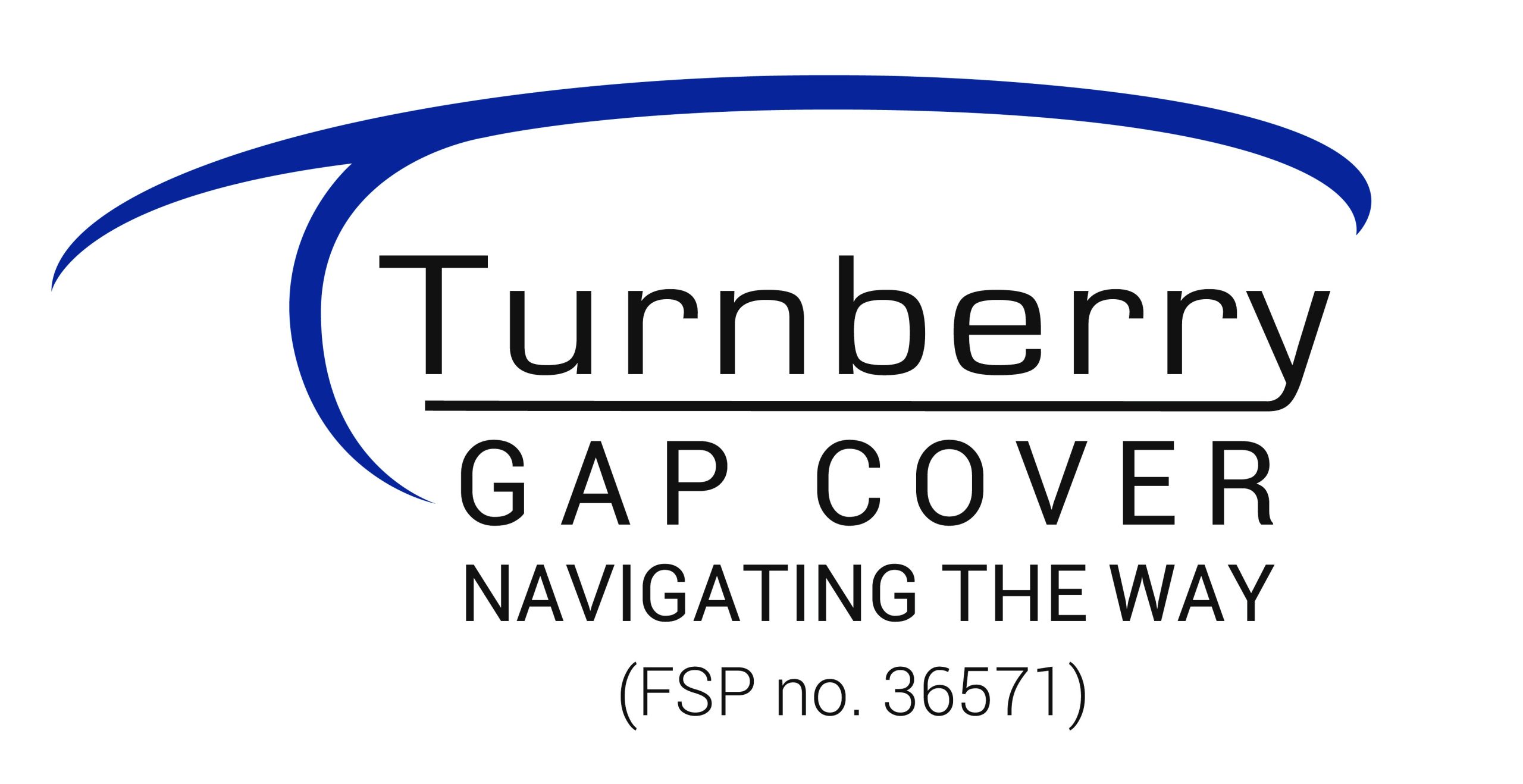
FA News – 05 August 2024
Tony Singleton, CEO of Turnberry Management Risk Solutions
In the last few years, there have been significant changes in the medical aid space in terms of what is covered and what is not, specifically when it comes to sub-limits and co-payments.
As a result, gap cover products have also evolved, and there are now many different offerings available, each with various levels of benefits. To ensure you have the best level of protection against potential medical expense shortfalls and unexpected costs, it is essential to continually assess your medical aid, your gap cover, and the alignment of both with each other and with your overall financial planning.
The evolution of gap cover
Originally, gap cover policies only covered specialist fees for in-hospital events, but as medical aids have changed, gap cover has evolved to include a number of other benefits on top of the shortfalls that are often experienced with specialist treatment. This includes penalties for using non-Designated Service Provider (DSP) doctors or hospitals, as well as cover for co-payments that are increasingly attached to certain procedures.
In addition, medical aids increasingly impose sub-limits on treatments. For example, cancer benefits often have a Rand value attached to them, and gap cover will help to extend this cover. Gap cover may also offer value-added benefits such as trauma counselling, cover for visits to casualty that do not result in a hospital admission, a lump sum pay-out on the first diagnosis of cancer, and gap and medical aid premium waivers on the death or permanent disability of the principal member.
Keeping up to speed with changes
Gap cover is constantly evolving in line with changes to medical aid cover, which is updated on an annual basis. All gap cover policyholders need to ensure that they review their policies and cover with their broker or financial advisor to ensure, firstly, that medical aid is providing the best balance of cover and affordability and, secondly, that gap cover effectively aligns with the potential shortfalls you could encounter from medical aid.
Understanding the potential risks in terms of exposure to shortfalls is especially important if you decide to downgrade your medical aid plan, as this will inevitably affect benefits and cover. Non-DSP penalties and co-payments can be in excess of R20 000 per event, which is not a sum that everyone has available, and the financial consequences of these events could be detrimental to your financial well-being. In addition, it is important to review your cover when your lifestyle or life stage changes, such as when you get married or decide to start a family, and as you age, to ensure you have adequate cover for chronic diseases.
A holistic approach
There are many different medical aid providers, and each has a variety of plans and covers. There are also numerous gap products on the market, and more and more are emerging all the time. This can be overwhelming for many people who are trying to navigate the complexity of the landscape. A broker will have a greater understanding of the market and the products available, can take a holistic view of medical aid and gap cover, assess potential opportunities for exposure to financial risk, and make sure the products you have are aligned with your needs, your budget, and each other.
Gap cover may also be offered as part of the portfolio of employee benefits, which is advantageous as it offers favourable underwriting in terms of both the waiting periods and the exclusions you typically have on individual policies in the first 12 months. In addition, the premiums on a group product are discounted due to volume, so it works out to be even more cost-effective. If your employer offers group gap cover, this is another important consideration to investigate as part of your ongoing financial and medical cover review.
In a market where treatments and cover are constantly changing and evolving, it is essential to keep up with changes and ensure that any potential new exposure to financial risk is covered to the fullest extent possible. Working with your broker can help you navigate complexity, understand how your benefits change over time, and make sure your gap cover aligns, giving you peace of mind and added financial stability.
https://getcovered.turnberry.co.za/app/1
What is Gap Cover?
https://getcovered.turnberry.co.za/app/1
Client Testimonials
My first ever GAP claim. Very impressed with the whole process. Get hold of Turnberry…we cannot afford to be without Gap Cover. Easy claim process, good communication, very quick payout… 11/10. Michael Dovey
The service and support from Turnberry is great! They provide step by step information to proceed and process my claim. Gap Cover is important as it assists with rates that medical aid does not cover. Asthu Mahabee
